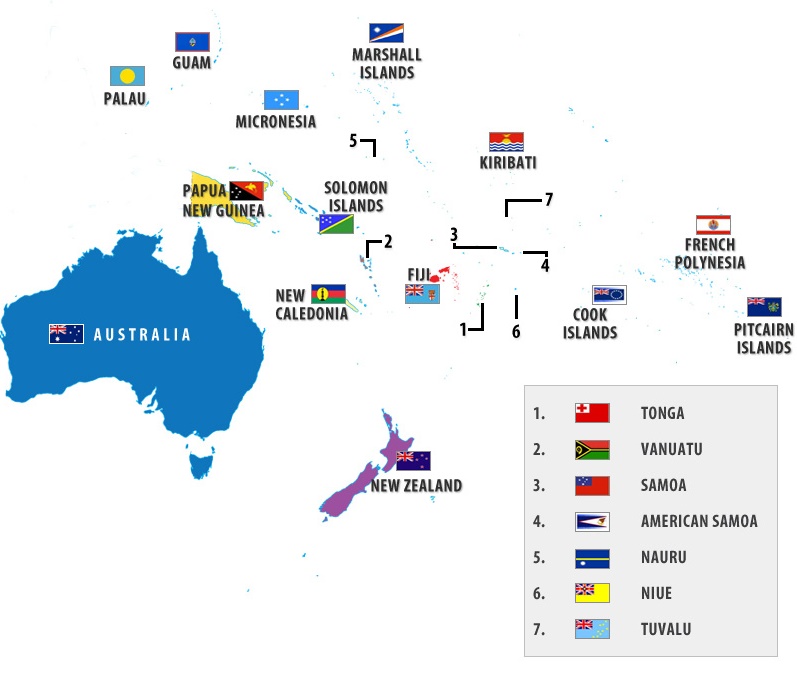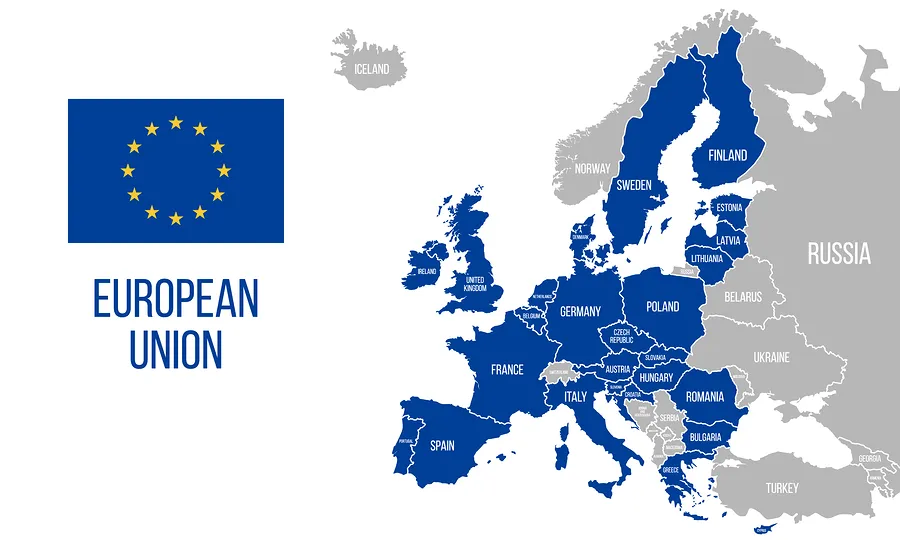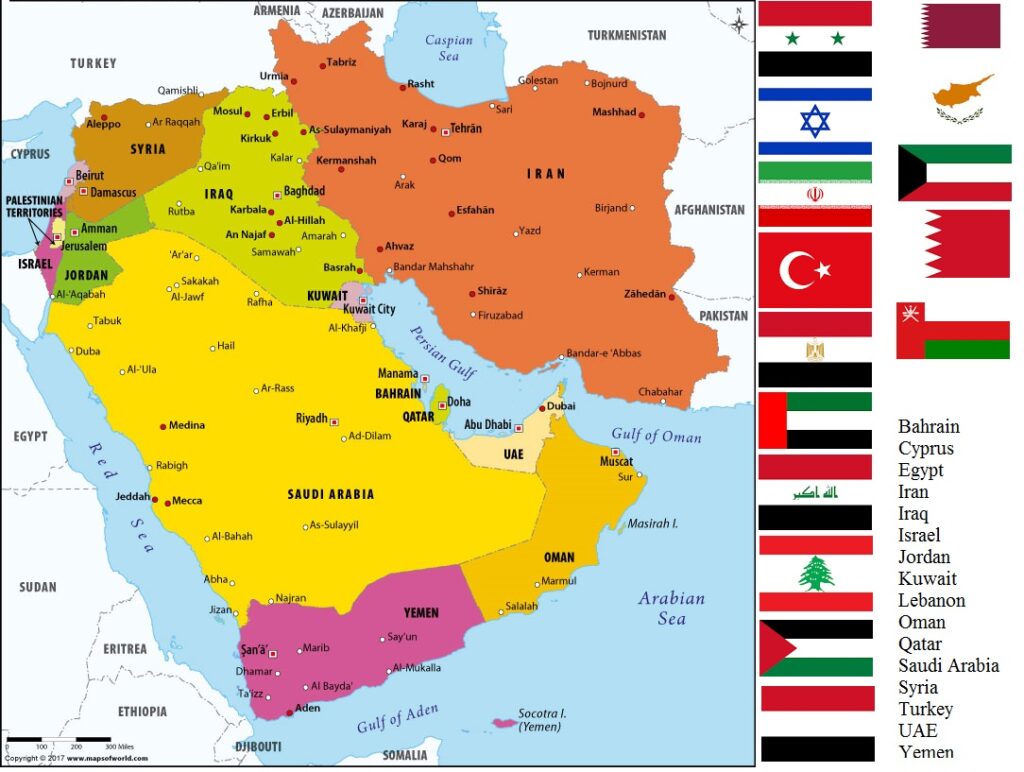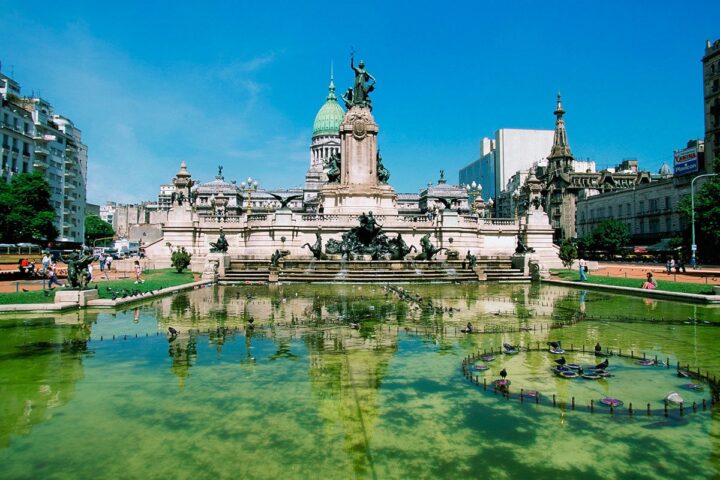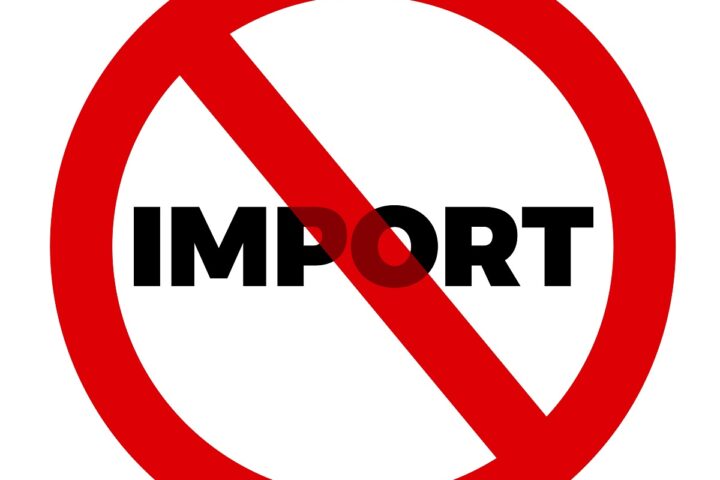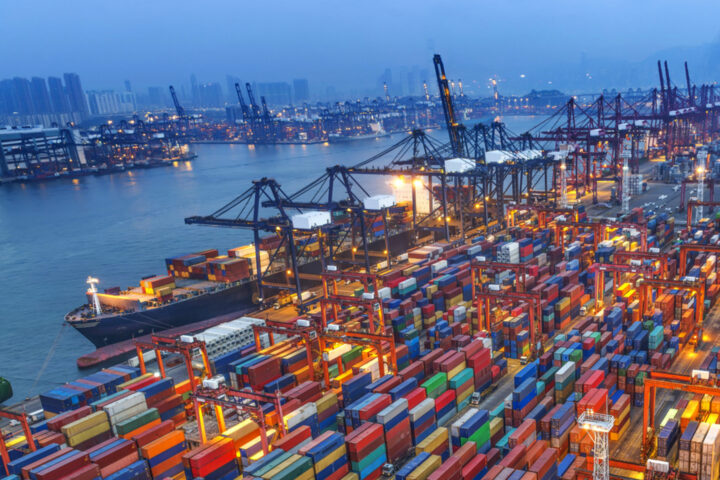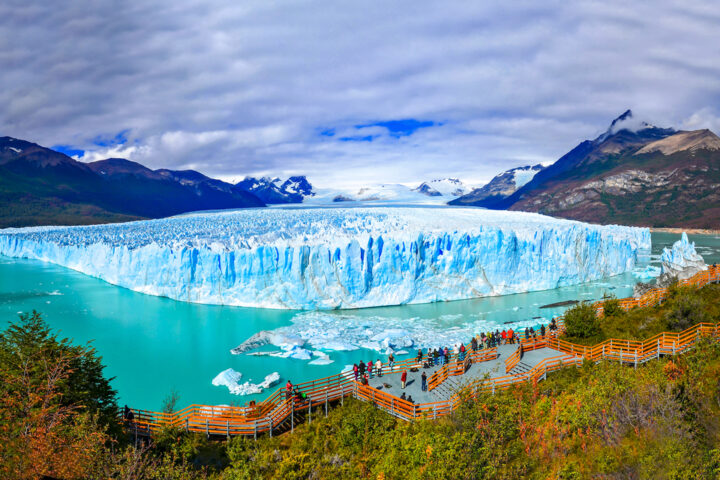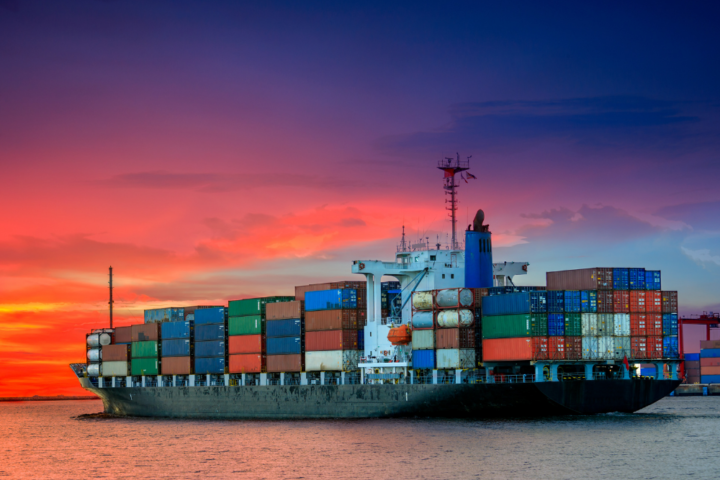Introduction to Oceania and Australia
Oceania is a region encompassing thousands of islands spread across the Pacific Ocean, while Australia is a continent and country located to the southeast of Asia. Together, they form a diverse and dynamic region known for its stunning natural beauty and cultural diversity.
Geographical Distribution
Oceania is divided into four subregions
- Australasia: Includes Australia, New Zealand, and nearby islands.
- Melanesia: Encompasses islands such as Papua New Guinea, Fiji, and Vanuatu.
- Micronesia: Consists of small islands scattered across the western Pacific Ocean.
- Polynesia: Spans the central and southern Pacific Ocean, including countries like Samoa, Tonga, and French Polynesia.
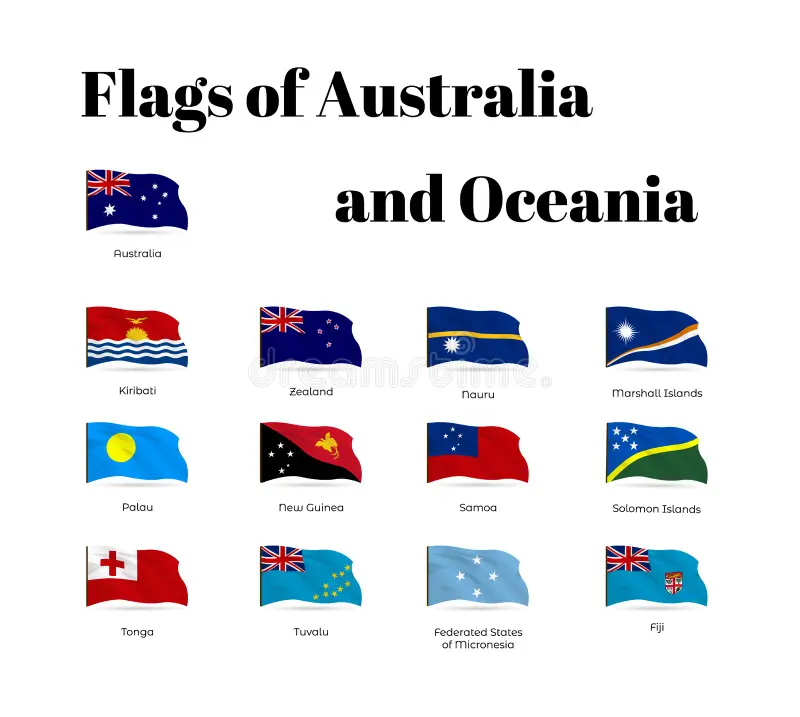
History and Culture
The history and culture of Oceania and Australia are as diverse as the region’s geography. Indigenous peoples have inhabited these lands for thousands of years, each with their own rich traditions, languages, and customs. European exploration and colonization in the 18th and 19th centuries brought significant changes to the region, shaping its modern-day identity.
Countries in Oceania and Australia
Australia
- Fun Fact: Australia is the world’s sixth-largest country by land area, known for its iconic landmarks such as the Sydney Opera House and the Great Barrier Reef.
New Zealand
- Fun Fact: New Zealand is renowned for its stunning landscapes, from snow-capped mountains to lush green valleys, and is often referred to as the “Land of the Long White Cloud.”
Papua New Guinea
- Fun Fact: Papua New Guinea is one of the most culturally diverse countries in the world, with over 800 languages spoken among its indigenous population.
Fiji
- Fun Fact: Fiji is famous for its warm hospitality, crystal-clear waters, and vibrant coral reefs, making it a popular destination for snorkeling and diving enthusiasts.
Vanuatu
- Fun Fact: Vanuatu is home to one of the world’s most accessible active volcanoes, Mount Yasur, which visitors can hike to witness spectacular volcanic eruptions.
Samoa
- Fun Fact: Samoa is known for its traditional Polynesian way of life, including fa’a Samoa (Samoan culture) and intricate tattooing ceremonies known as tatau.
Tonga
- Fun Fact: Tonga is the only remaining monarchy in the Pacific, with a unique cultural heritage that includes traditional dances, music, and handicrafts.
Conclusion
Oceania and Australia are regions of unparalleled beauty, diversity, and cultural richness. From the rugged outback of Australia to the pristine beaches of Fiji, each country offers a unique experience waiting to be explored and appreciated.
Commonly Asked Questions
How many countries are in Oceania and Australia?
Oceania and Australia comprise multiple countries, including Australia, New Zealand, Papua New Guinea, Fiji, Vanuatu, Samoa, Tonga, and others.
Is Hawaii part of Oceania?
Hawaii is not part of Oceania but is often included in discussions about the Pacific region due to its geographical proximity and cultural connections.
What is the largest country in Oceania?
Australia is the largest country in Oceania by land area, encompassing the entire Australian continent.
What are some iconic landmarks in Oceania?
Iconic landmarks in Oceania include the Sydney Opera House (Australia), Mount Cook (New Zealand), Uluru (Australia), and Bora Bora (French Polynesia).
- List of Foreign Embassies in Austria - June 29, 2024
- Australia Import Restrictions - June 24, 2024
- What is the Capital of Argentina? Buenos Aires - June 14, 2024

